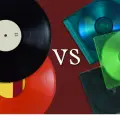So, you have just inherited a record collection and have already grappled with how to play the damn things, but are now wondering how to handle vinyl records? Or perhaps you are simply wanting to know a little more about the process, to brush up on your technique and figure out where you are going wrong and what you are already doing right?
Either way, we are assembled here today to elucidate for you how to handle vinyl records, regardless of your skill level, experience, or reasons for being here.
How to Store Records Effectively
Before we go on to how to handle vinyl records, we must first understand how best to store them, for any efforts we might make to handle a record as best we can will be rendered null and void without storing them properly in the first place. Sure, you might be able to hold and manage the proper transporting of a record from place to place, but you will first need to know and understand how to go about storing records properly as well as why this might need to be done properly.
The only thing more helpful than learning how to handle vinyl records would be methods for you to prevent damaging your records altogether, methods that encourage the safe storing of records, for example, you can use vinyl record crates for that purpose. The vinyl record is, as aforementioned, an incredibly sensitive and fragile thing, scarcely able to maintain its structural integrity throughout a brief life time, and prey to a whole host of debilitating external influences if not kept in a specific set of proper ambient conditions.
How Can Records Get Damaged?
Many of the reasons for a record being damaged tend to circulate around improper storage as well as not knowing how to handle vinyl records. This is a rather imperfect format for distributing music and there are no two ways about it. The vinyl record is quite a sensitive thing physically and falls prey to plenty of debilitating minutiae. Thus, keeping your best records in shape with suitable cleaning kits and proper storage might prevent some of the following, alongside learning how to handle vinyl records.
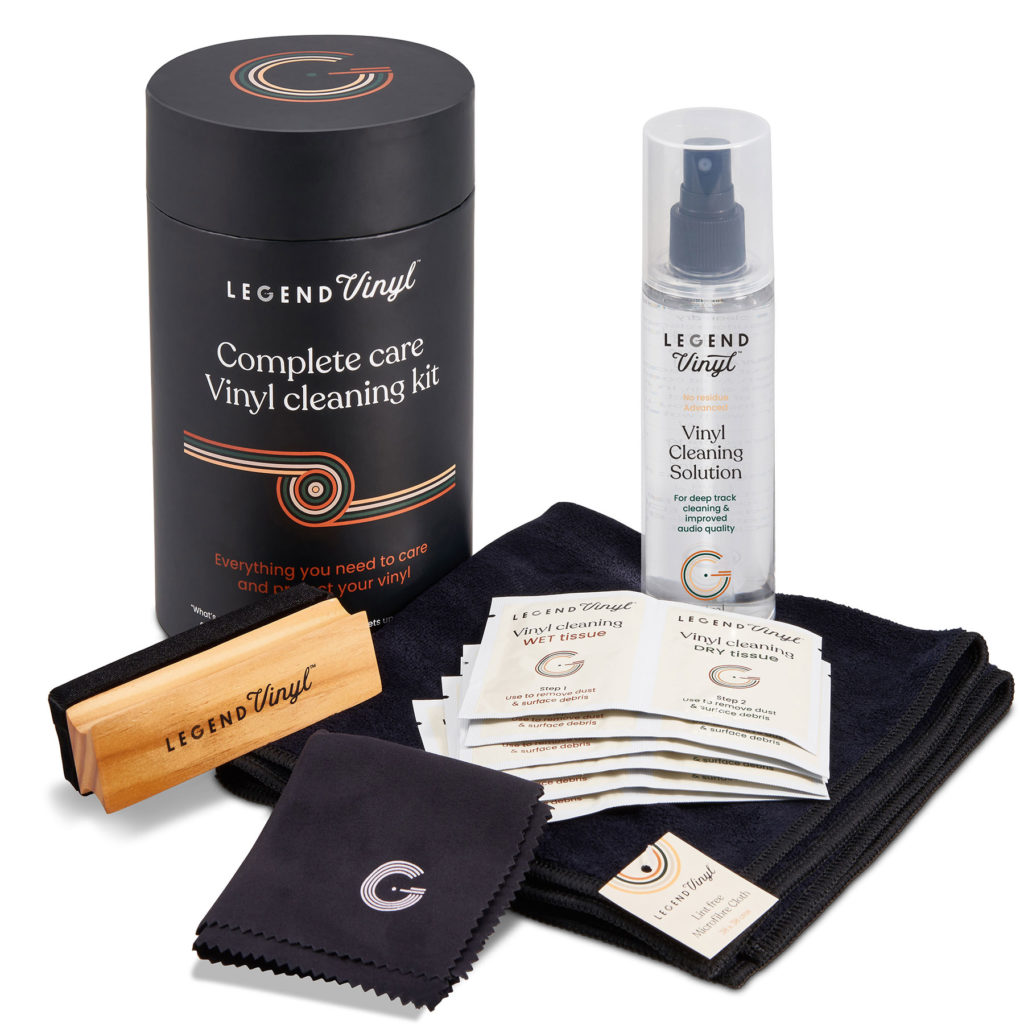
Heat is one of the main factors for the damaging of a record, with a disc sometimes becoming so affected as to literally change shape. It might lead to to needing to fix the warped record. Vinyl discs are made from polyvinyl chloride – crude oil shaped like a frisbee. It ought to be obvious to anyone using their common sense that such a material, inherently a plastic, would be sensitive to heat.
This is plastic in the realest sense which, when exposed to heat, becomes softer and starts to mould to whatever shape it is rubbing up against. Since most records are so thin, it does not take very much to pressure them into a new shape. If your are interested in doing that here you can check out how to cut vinyl records at home.
This is, however, not simply a heat problem, for there are other aspects of a space’s climate that can have an impact on a record’s structural integrity , not least the humidity of it.
In the same way, a record can and usually is rather sensitive to direct sunlight, so it is always best to replace a disc in its corresponding sleeve as soon as you possibly can, before you even learn how to handle vinyl records.
The light can play tricks on the disc’s grooves, melting them in a low key way and moulding them into another shape, even blunting them entirely and erasing the precious details imbibed within those grooves. And the same goes for the sleeve itself, for a sleeve’s exposure to direct sunlight is one of, if not the main, reason for them being bleached and distorted.
Avoiding Stacking Records
Though very easily overlooked, one of the main methods to storing records is to avoid stacking them. A record on its own certainly might not feel so heavy, though their weight rather adds up.
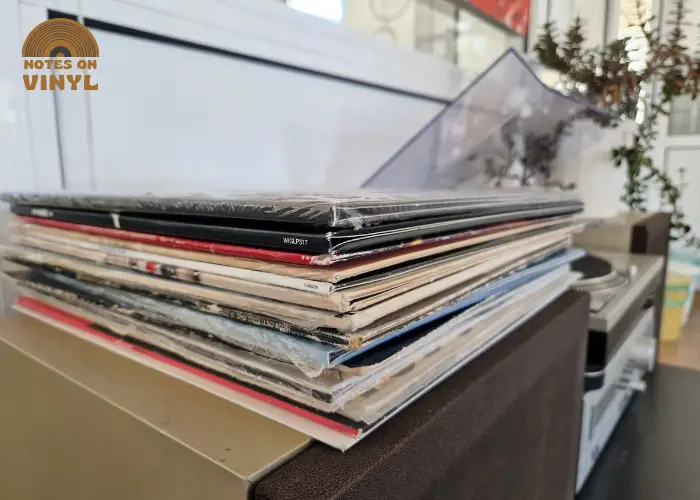
Not only can this result in an excess of pressure applied to the records, but it can also play with the presence of any dust or dirt in the sleeves already, with pressure exerted on grains of dirt which force scratches into and all over the surfaces of the records afflicted.
Avoiding Direct Sunlight
One of the first steps ought to be keeping the records in question away from direct sunlight. The heat and UV rays, no matter how negligible they might feel to us humans, can and usually will have a noticeable impact on the structural nature of a record’s disc and the grooves upon its surface.
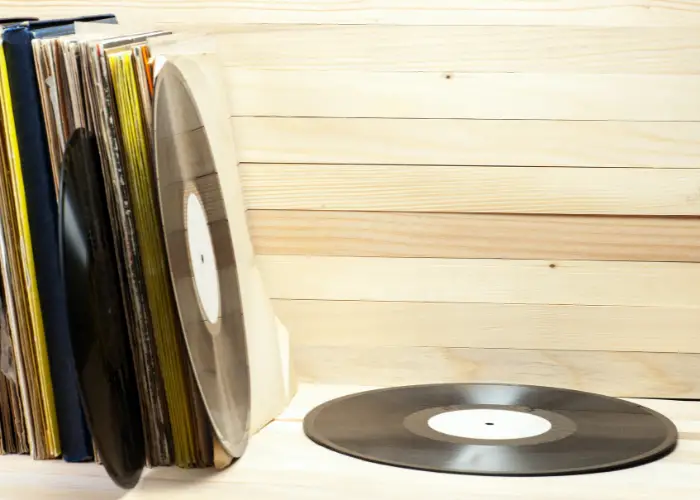
Sunlight like so can cause damage to both the sleeve and the record itself, with the slow exposure to heat eventually warping a record beyond recognition. So, if not already abundantly clear, if you give anything of a damn for your records, keep them away from windows and central heating.
For a real world example, you will want to make sure that you do not leave your records in the car on a hot day, the heat trapped inside turning the whole space into something of a greenhouse.
How to Handle Vinyl Records: Some Tips and Tricks
So, you think you are just about ready to handle some records, do ya? So long as you have already familiarised yourself with how to store them properly as well as why handling them properly is of the utmost importance, then we may plunder forth and teach you exactly how to handle vinyl records. It certainly is not rocket science – in fact, what makes this such an amazing thing to learn is the fact that just about anyone can do it – but will ensure a longer life for your most precious record collection.
Removing a Record from the Cover
Since we will helpfully be elucidating how to handle vinyl records in a sequential order, we will first begin with the crucial first step – besides, of course, choosing the record – that being to remove the record from the cover.
Depending on how you store the entire record itself, this can be either a one stage process, a two stage process, or even a three stage process, mostly depending on whether you keep your record in a jacket only, or whether you keep it in a jacket and sleeve, or whether you keep the record in a jacket inside a sleeve inside an outer sleeve also called protective polyurethane jacket (respectively).

The outer sleeve is an optional choice for you as a record collector, though there are many audiophiles who simply would not do without it, wanting to ensure an extra layer of protection, not only for the disc within but also the sleeve itself, which can all too easily fall prey to the influence of direct sunlight, bleaching and distorting the cover altogether if one is not too careful.
Step 1: Remove the Outer Sleeve
So, if this is the case for you, then first begin by removing the sleeve itself from this plastic protective jacket, following which you will want to remove the jacket from the record sleeve.
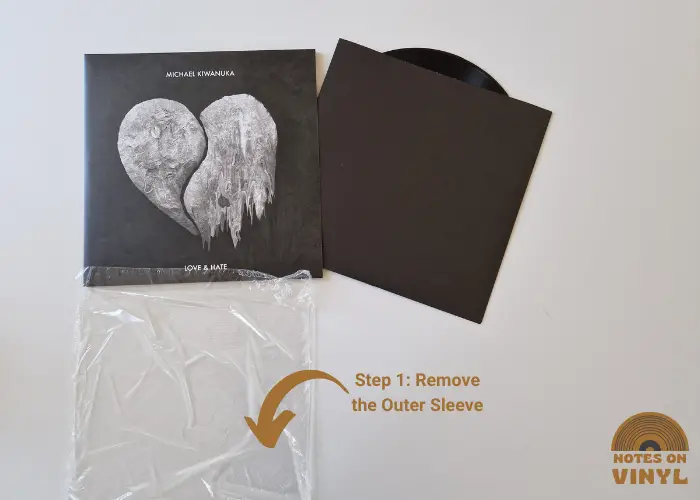
Step 2: Take the Inner sleeve out of the Jacket
Now, simply take the inner sleeve out of the record jacket by gently sliding it out. At this point, there is a rare chance of damaging your record.
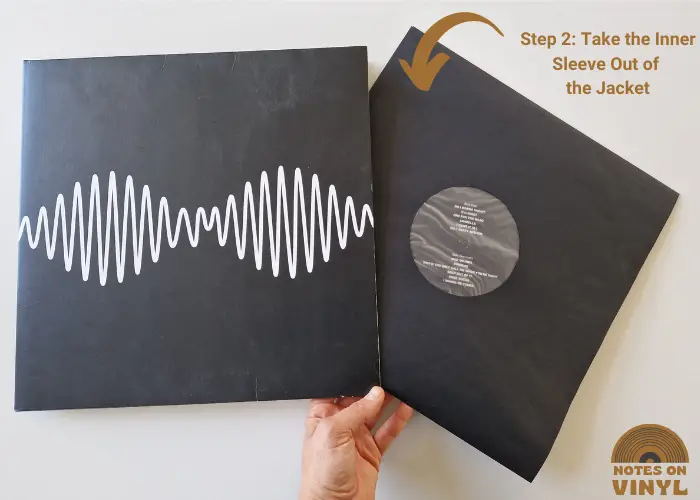
Step 3: Take the Record out of the Inner sleeve
Then, carefully take your record out of the inner jacket by placing your index finger and middle finger and ring finger on the record’s center while placing your thumb on the very edge of the record
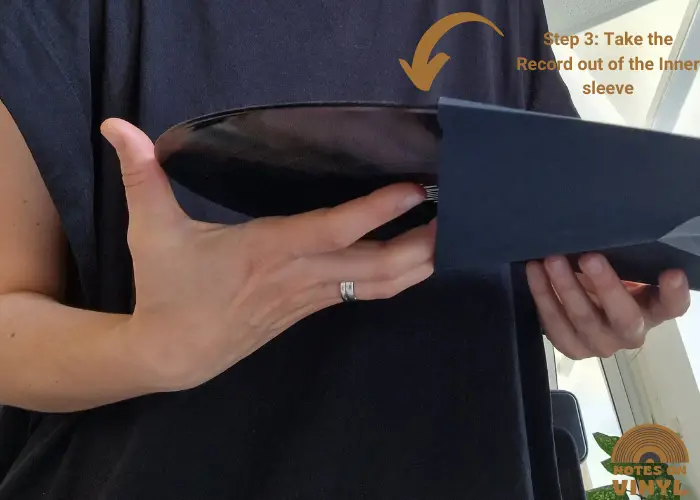
Now, with the record tightly within your grip, simply slide it out of the jacket and keep it nestled within this grip until the next step of the process. Do make sure at this stage that not even the palm of the hand is touching the record too!
Handling the Record Outside of the Sleeve
In learning how to handle vinyl records, you certainly can’t afford to slack at this point, even though it might feel like the hard part is out of the way. Though relatively easy and straightforward, it can be all too easy to mess up at this point, spelling disaster for the lasting power and age of a record.
Some simple rules to follow to ensure the continued wellbeing of your record include:
Making sure only to touch the outer edges of a record. Here and in the center are about the only two points on a record that are not going to be printed with data, that residing within the eponymous grooves of a record, and this is likely going to be the case for just about any record you come across. Thus, your best bet is to stick to the outer edges as much as you possibly can.
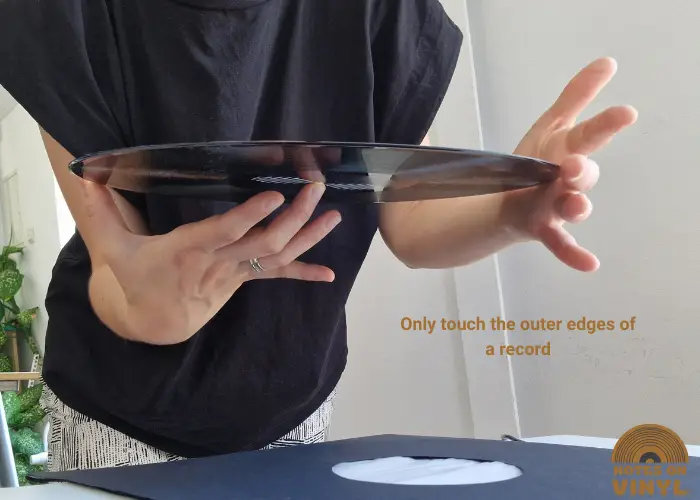
As mentioned before, many audiophiles would insist that you store your records in polyurethane sleeves which have natural anti static properties and which protect the record within far better than the paper and / or cardboard inner sleeves and jackets that are traditionally called upon by manufacturers to do the job.
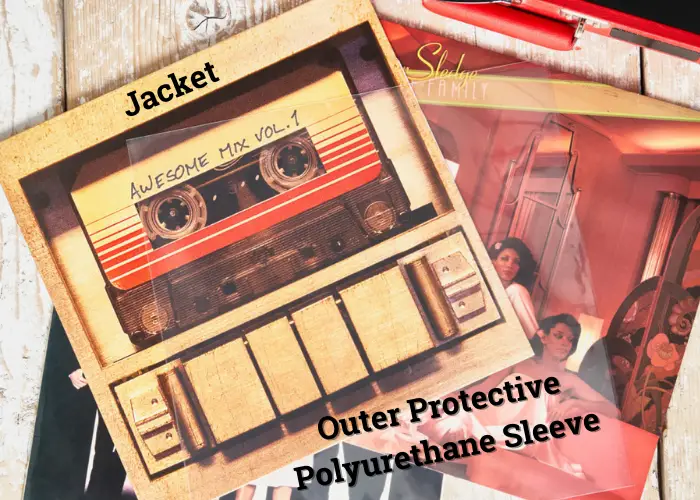
Likewise, there are a few notions that ought to be heeded when thinking about what not to do:
Never touching the surface of the record, for one thing, not even pinching in a way that you believe might minimise contact so you can preserve the material of the vinyl record.
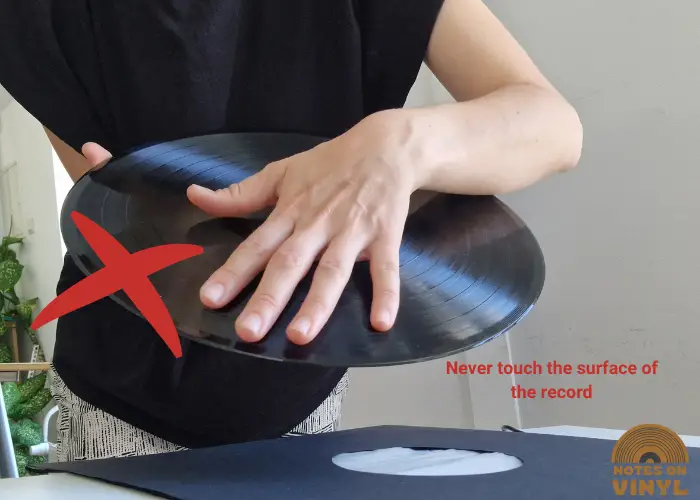
Avoiding placing the record’s surface down on any surface other than the sleeve in which it resides and upon the turntable platter which spins it.
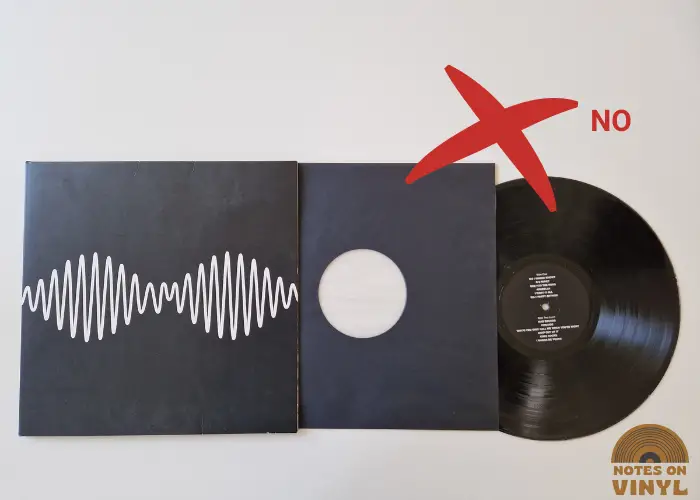
Try not to leave a record out of its sleeve home for longer than is utterly necessary, for this can often spell trouble and encourage the accumulation of stray dust and dirt.
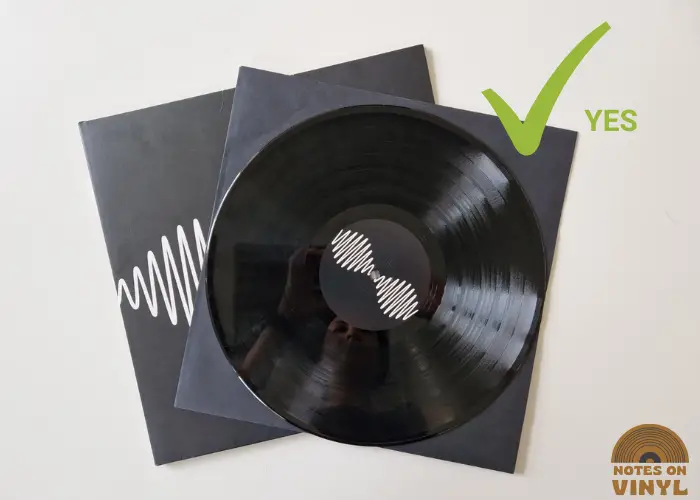
Handling the Record and Playing the Record
As with all of the other points and nuggets of information here assembled, this is a deceptively simple exercise, and one which is so often neglected, with the inevitable result being a destruction of one’s record collection and even more if not carefully using the record player.
The way that a record is handled during the process of placing it on and taking it off of the turntable platter is just as, if not more important, than almost every other step assembled before you.
And, as with almost every other step here too, you will also want to make explicitly sure that, in learning how to handle vinyl records, you are handling them from the outer edges, where no musical data is contained.
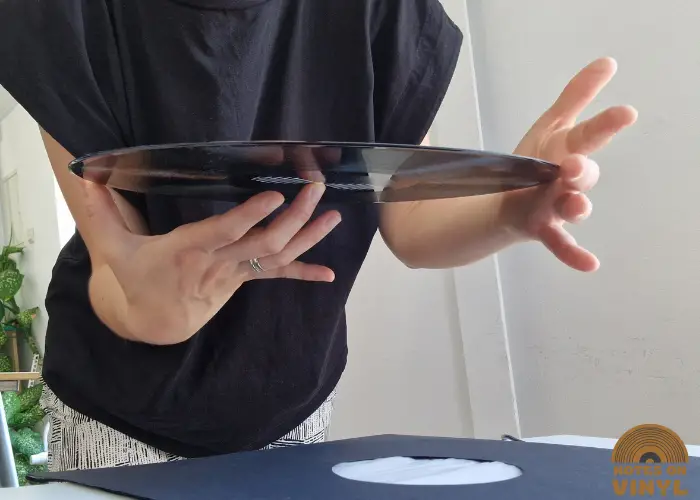
Just as important is ensuring that the center hole of the record is aligned with the spindle of the turntable before letting go of it and starting to use the record player.
If the turntable platter is already spinning and you let go of the record before it is aligned with this center spindle, then there is drastic potential for the record to go out of control and be inflicted with scratches or other damage from surface and points that it is not supposed to come into contact with.

A useful side tip that will set your record collection apart from other record collectors will be the use here of an anti static brush. The cream of the crop audiophiles will insist that you use one before and after playing a record to clean the record, brushing it over the surface to remove any static that might have built up while stored in its sleeve, and again afterwards to remove any static built up during the process of playing the record.
Returning the Record to its Sleeve
Though the final step, this is, as before, just as important as any other step, but is oft neglected, especially if the user in question is lost in the throes of a DJ set and is looking to pick up and queue up songs as quickly as possible before a throng of awaiting dancers and listeners.
A little brush up will do no harm and will, in fact, work wonders if you intend your record collection to last longer. You would be surprised how much dirt and residual dust accumulates even during one playback, so introducing the freshly played and removed disc to a record brush will be of the utmost importance in preventing contaminants from remaining with the disc in its protective jacket.
Holding the disc as per the previous instructions, with your three forefingers on the center label and your thumb perched on the outer edge of the record, place the record back in its inter sleeve. Then pace the inner sleeve into the jacket just as you removed it previously. Lastly, comes the protective outer sleeve.
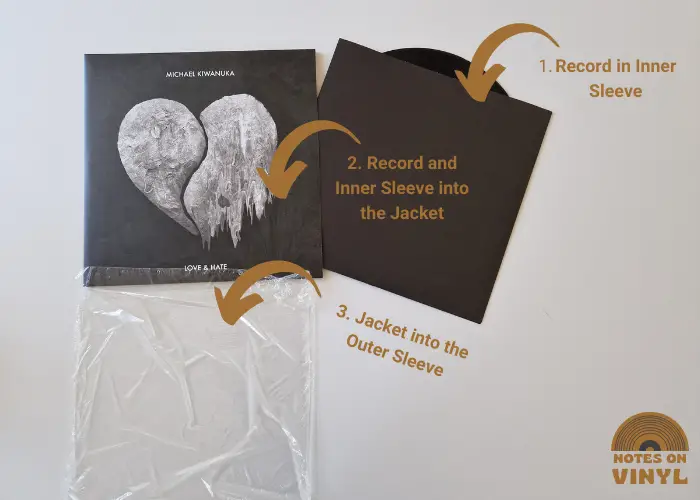
At this stage, it can be all too tempting to let go of the record once it is half way back into its jacket, an act which might not do any immediate damage to the record in the moment, but which can very quickly wear down the jacket itself, leading to rips and more money needed to maintain your collection’s sanctity.
Final Tones
So, there you have it! Hopefully you are at least somewhat the wiser as to the in’s and out’s of how to handle vinyl records, the logistics of the process and how you can better your own technique, coming to a better relationship with the whole thing.
FAQs How to Handle Vinyl Records
Is it OK to touch a vinyl record?
Certainly, yes, though you will want to do very carefully. The aim will be to avoid touching the parts of the record that have been graced with grooves, so almost the entire face of the disc. Thankfully, there is almost certainly going to be enough room for you to grab a disc from the edges. There is a specific area at the very edge of a record which acts as a mechanism with which to queue up a side of an album so that you do not miss a single second by accidentally going ahead with the needle.
How should you handle a vinyl record?
With precision and delicate care, in short. This will involve proper sanitising of one’s hands at every available opportunity, as well as using a method of sanitising that is not going to cause any long term damage to the polyvinyl chloride of which records are almost entirely comprised. There might, for example, be certain hand sanitisers that seem just like any other but may harbor, in their chemical makeup, some potentially harmful ingredients to polyvinyl chloride, degrading the record and its grooves over time.
How do you handle and store vinyl records?
You will want to handle and store records with as much care as you can muster, something that will be rendered a little more difficult if you are in a situation as a DJ where you cannot properly provide the care that your records deserve. In handling records, you will simply want to avoid exerting pressure on the grooves as much as possible. In storing those same records, you will want to ensure that they are placed back in the right jacket and sleeve as soon as you possibly can, with these records needing also to be stacked upright so that any stray bits of dirt do not have an impact on the surface of the records (as they might if stacked atop one another).
Should vinyl records be stored upright or flat?
Records should be stored upright as far as you can possibly help it. When they are stored flat and atop one another, you run the risk of exacerbating the influence of any of the dust or stray dirt left behind in the jacket of the record. This dirt, though miniscule and seemingly negligible, can have a disastrous impact on the surface of the disc if left unchecked and if the record in question is stacked. The accumulative pressure of a bunch of records can really ‘stack’ up, applying plenty of pressure to the miniscule dirt and forcing it along the face of the disc, provoking scratches and who knows what else into the grooves and causing issues with playback in future.



